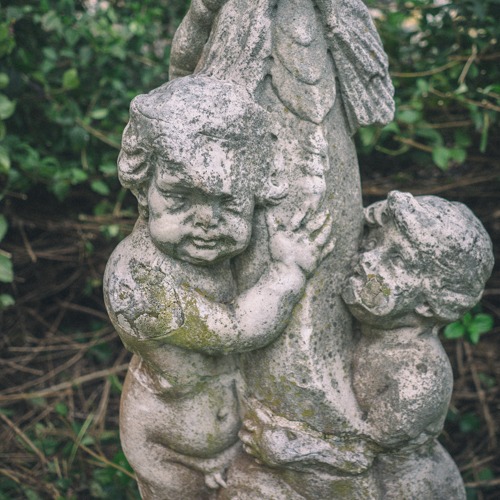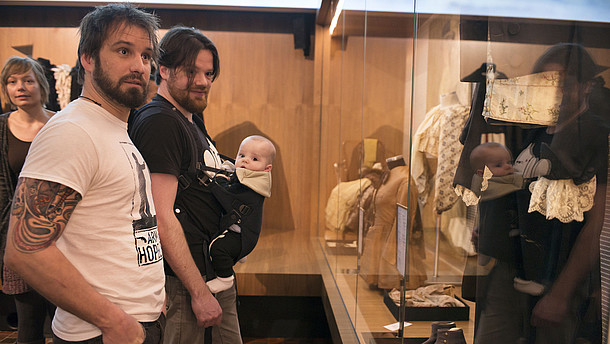The NEMO Learning Exchange, hosted by the Hungarian Open Air Museum in cooperation with Pulszky Society - Hungarian Museum Association, will cover the following topics and successful examples:
- The Hungarian Open Air Museum's award winning program for disabled youth and students of secondary schools
- Programs to help adults living with dementia recall their museum experience
- Museum programs to engage and support the homeless
- Traveling museum programs and exhibitions to disadvantaged areas
NEMO members participate free of charge and are covered by travel grants in the form of a lump sum. Non-members are welcome to participate for a fee of 250 Euro.
Deadline to apply: 1 May 2019
Download the call for applicants here.
About the Museum
The Hungarian Open Air Museum represents one of the most popular and sought-after museum types in Hungary that has significant ethnographical and historical collections. The Hungarian Open Air Museum is the largest open air museum in Hungary and successfully creates exhibitions and programs that attract a wide variety of visitors. The museum prides itself on generating awareness and participating in movements that pertain to social responsibility.
Pulszky Society – Hungarian Museum Association
The professional non-governmental organisation of Hungarian museum workers was founded in 1989-1990 by acclaimed museum professionals. Its main aim has always been to formulate and represent the interests of the national cultural heritage preserved and utilized in the museums and those who currently work in this field. Today, the association has over 500 members from all parts of the country. The Pulszky Society has been present in most of the decision-making processes and closely works with new laws and regulations in connection with cultural heritage and the museum field. Its governing body consists of 21 elected members, who elect the seven members of the presidium. Sections in different fields (small museums, conservation and preservation, etc.) have also been formed in order to organize conferences, workshops and to keep professionals in contact.




